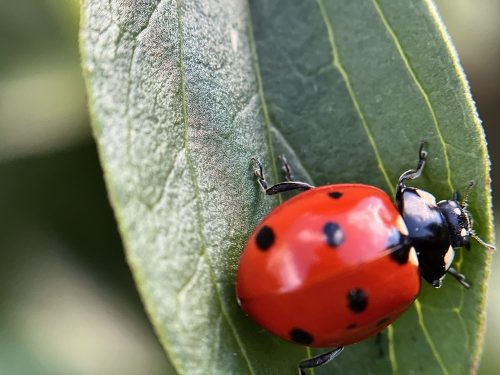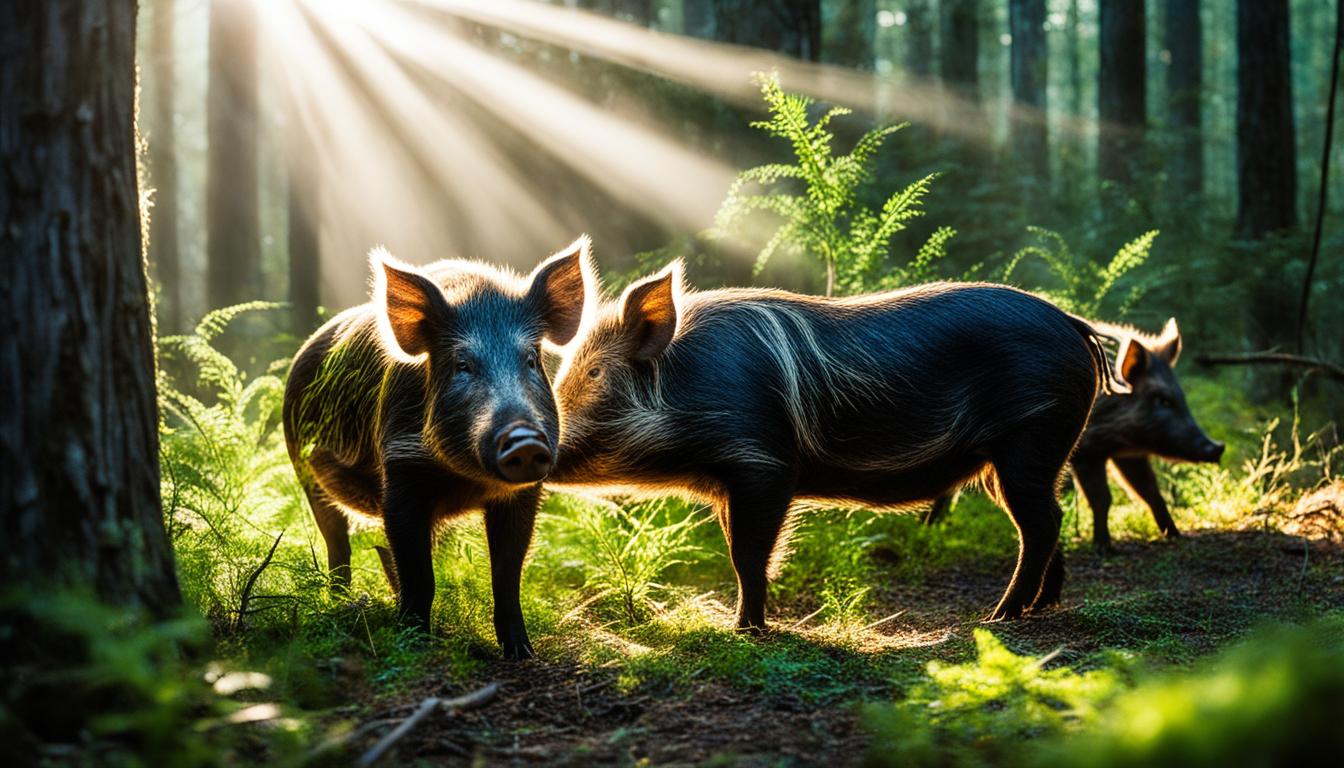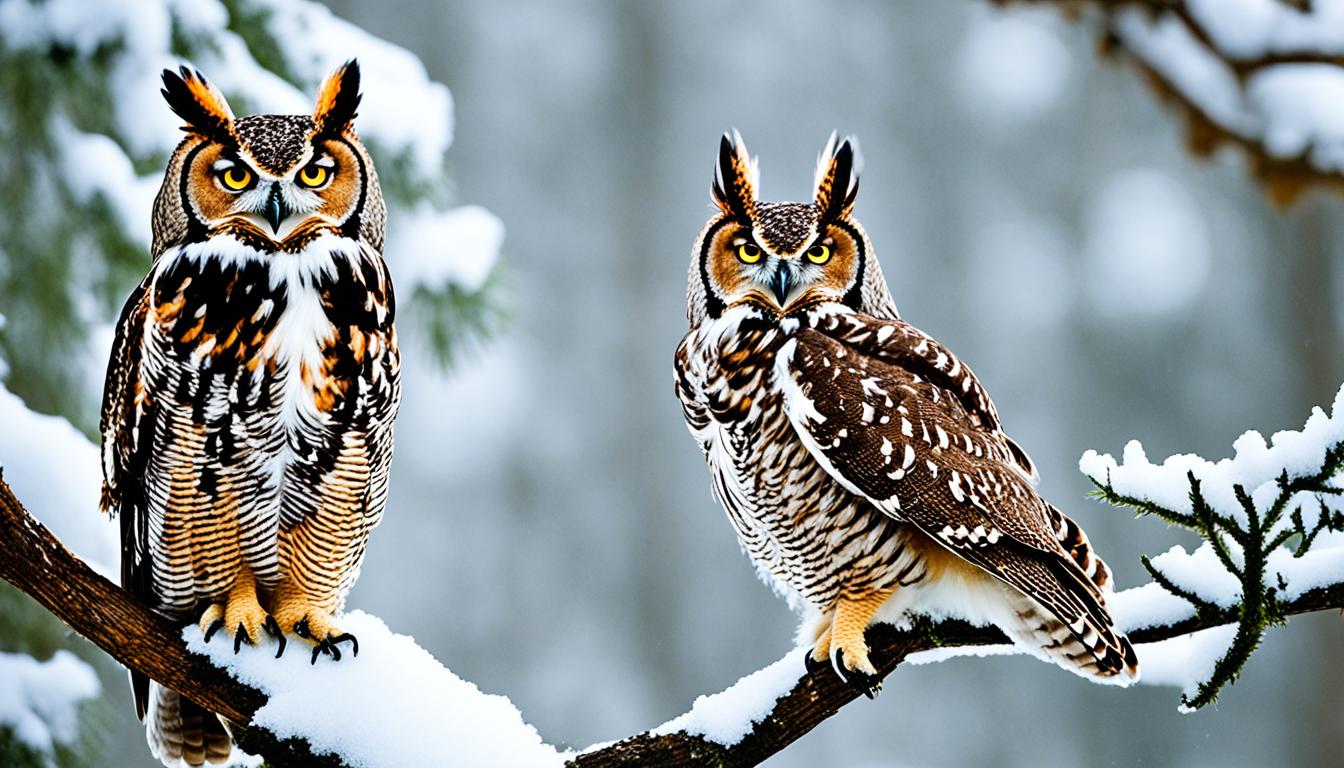I’ve always adored ladybugs’ appearance. They have always been, in my opinion, the epitome of sweetness and simply charming. I found an article discussing whether ladybugs prefer light or dark after doing some research on the habits of our beloved ladybugs. According to the circumstance and time of day, the article explained why ladybugs might be drawn to both light and darkness. I then pondered the world as a ladybug might.
Do ladybugs have eyes? Ladybugs have compound eyes that allow them to see in black and white tones. They cannot discern any color at all. When looking for food, ladybugs are drawn more to blooms with light colors because of this.

The usefulness of these animals in our garden definitely caught me off guard. They are a gardener’s best buddy because of their ferocious hunger for aphids and other crop-eating insects. My grandmother used to squash them because she thought they were a nuisance. She was so mistaken about that, boy (sorry grandma). Now let’s talk about the ladybugs’ vision, which is the true subject. Before addressing how ladybugs see, I believe it is appropriate to give you a basic overview of their anatomy.
Beetles are what ladybugs look like. There are three main sections to their anatomy. the three main body parts are the head, thorax, and abdomen; the eyes are in the head. Ladybugs have compound eyes, which implies that instead of having just one lens like humans, they have multiple lenses. The ladybugs can look in multiple directions at once thanks to it.
Additionally, ladybugs are able to clearly detect motions at close range thanks to their compound eyes. Ladybugs can’t see color, though. As a result of their eyes’ inability to discern color, they only perceive the world in varying tones of grey. Their vision can be compared to a grainy black-and-white photograph.
Can ladybugs Be Any Color?
Even while ladybugs are frequently associated with the color red, different species can have a wide range of other colorations. Orange and yellow are among these hues. They also contain pink, blue, grey, and grey to a lesser extent. The upper portions of the wings of ladybugs also have specks, which can be pink, red, black, yellow, or white.
While some ladybugs have as many as 13, many others just have two specks. On rare occasions, ladybugs may be completely fleck-free. In the US, Coccinella septempunctata, or seven spotted ladybugs, are very common. These ladybugs have bodies that are glossy black and crimson. Ladybugs are visually striking insects, regardless of their precise coloration and pattern. They are frequently visible to predators from great distances.
What Is The Rarest Color of Ladybug?
The most unusual ladybug ever found is the “headless” variety. The recently discovered insect tucks its head inside of its throat, designating it as a new species and genus.
Only two of the tan, dimwit ladybugs, sometimes known as ladybird beetles, were ever collected, claim specialists. A male specimen was found in Montana, and a female was found in Idaho. It is the rarest species in the United States of America. The insect, sometimes known as the “Winton’s Ladybird Beetle,” may feed on aphids and other plant pests.
What Is The Real Color of A Ladybug?
A group of beetles known as lady “bugs” or lady beetles is also referred to as ladybird beetles. In actuality, the moniker “ladybug” is a colloquialism for the official name “lady beetle.” People who dislike other insects frequently find them adorable because they are safe for humans. Ladybugs are regarded by some as a lucky charm.
The majority of the time, ladybugs have a tiny, rounded shape. The wing covers’ (elytra’s) hue, which can be yellow, orange, or red, frequently includes tiny black dots all over it. Many species are completely black. The legs, head, and antennae of ladybugs are all black.
Are All Ladybugs Colorblind?
Contrary to popular belief, all ladybugs are female. However, despite this peculiar fact, ladybugs possess excellent color vision. They can perceive a wide range of hues, aiding them in seeking out plants to feed on and also in identifying potential mates. So, while all ladybugs are female holds true, colorblindness is not part of their biology.
Do Ladybugs Prefer Certain Colors?
Each winter, Asian lady beetles like spending time inside a cozy home hibernating. Because of this, the fall is when ladybug infestations are most common. In fact, bright hues like white are particularly attractive to ladybugs. They are drawn to warm, south-facing rooms as well.










